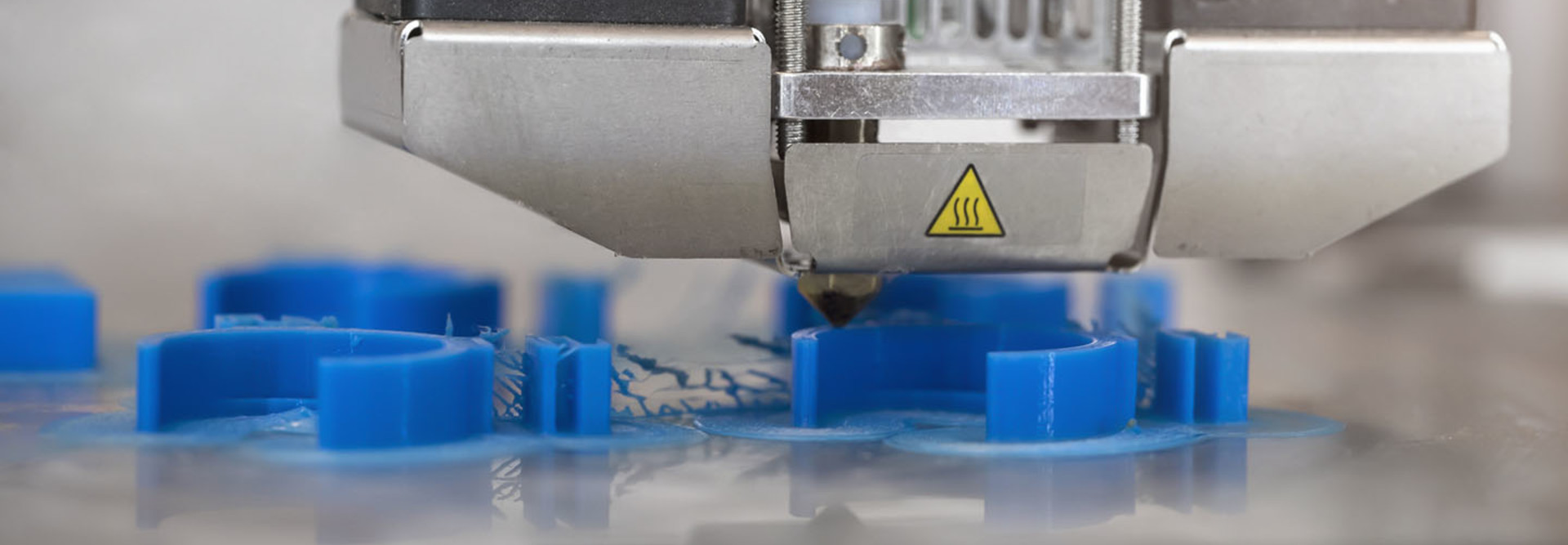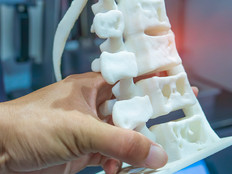With hip replacements, for instance, traditional implants come in large, medium or small sizes, and then either the replacement or the bone must be trimmed to fit.
“In the case of 3D printing, you are now designing a device that more accurately fits the internal cavity of the individual and therefore lessens the amount of fitting that needs to take place,” Louie says. “It leads to less pain for the patient and less recovery time.”
MORE FROM HEALTHTECH: Is 3D printing a medical revolution?
3D Printing Innovation Spaces Encourage New Developments
In 2015, the University of Texas Medical Branch at Galveston opened the first site of a medical makerspace in the U.S.
The space has supported projects from over 60 different clinical units and academic programs within the UTMB campus. What’s more, since its inception, more than 150 projects have been developed by a variety of individuals from UTMB, including point-of-care nurses, physicians, speech pathologists, researchers and students.
Any creation that touches a patient must first go through the organization’s internal review board.
“We are demystifying technology and showing people how to use tools who maybe don’t think of themselves as an inventor or a designer or an engineer, someone who’s technically apt,” says Aisen Caro Chacin, manager of the UTMB MakerHealth Space. Chacin provides education on how to use tools such as the 3D printer and laser cutter. She also teaches individuals about the best methods for collaborating on their ideas. For instance, she helped a registered nurse at UTMB develop a printed tool to help improve tube flow control on an extracorporeal membrane oxygenation machine, which replaces the function of the heart and the lungs.
“We designed it and printed it in less than two hours,” Chacin says.










